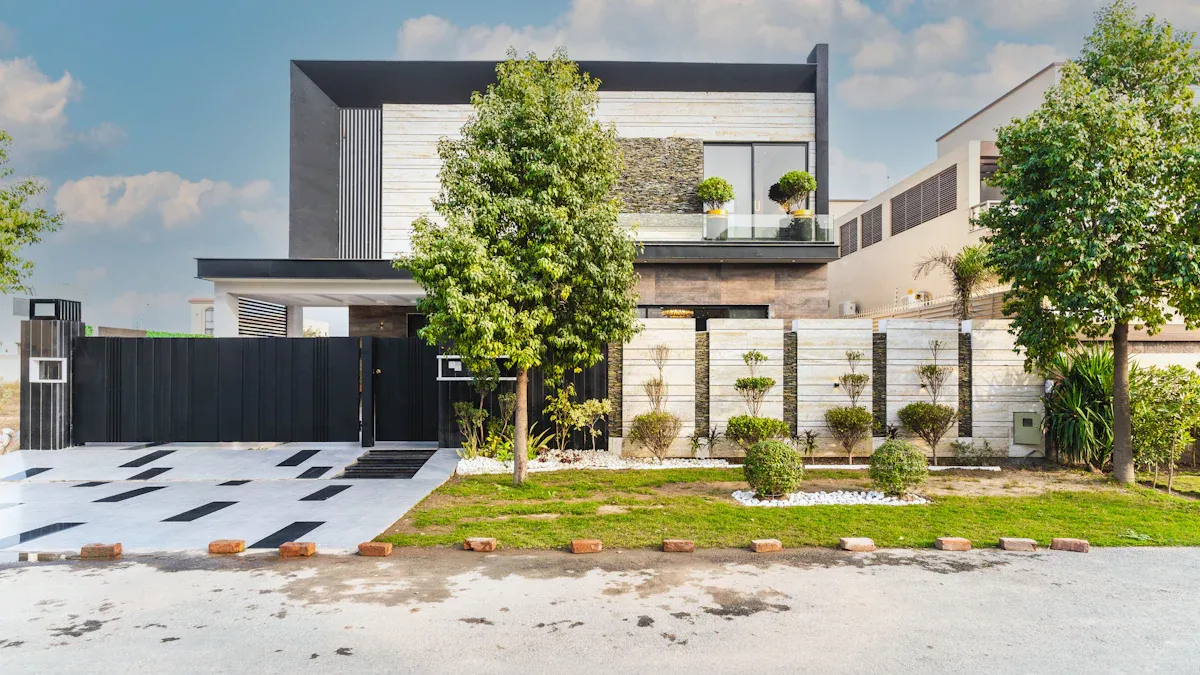
28 Oct Comparing Fiber Cement and MgO Wall Boards Pros and Cons Explained
Table of Contents
You have a hard choice between fiber cement wall board and MGO wall board. Each one has good things and bad things. MGO boards keep out water, stop mold, and save money over time. Fiber cement wall board is very good against fire but might need more care. Think about how long it lasts, how it handles fire and water, how to put it in, how it affects the earth, the price, health and safety, and how it looks. Look at what your project needs before you pick.
Aspect | MGO Boards | Fiber Cement Boards |
|---|---|---|
Moisture Resistance | Very good | Okay |
Fire Resistance | Very good | Very good |
Maintenance Costs | Low | Higher |
Longevity | Lasts over 30 years | Might need new boards in wet places |
ROI | Costs more over time |
Key Takeaways
MGO wall boards are very good at stopping water. This makes them great for wet places like bathrooms and kitchens. – Fiber cement wall boards are better at stopping fire. They are a good pick for places where fires can happen. – MGO boards do not weigh much and are simple to put up. This helps save time and money when compared to fiber cement boards. – Think about your money plan. MGO boards usually cost less at first. They also need less care as time goes on. – Pick fiber cement if you want more design choices. You can get many colors and textures with fiber cement.
Overview
Fiber Cement Wall Board
Fiber cement wall board is used in many buildings. It is made from cement, silica sand, cellulose fibers, water, and additives. Each part helps the board do its job. Cement keeps the board together. Silica sand makes it strong. Cellulose fibers help it bend and not break. Water mixes everything into a paste. Additives make the board better at stopping water.
The way fiber cement wall board is made has steps:
Workers mix cement, sand, water, and additives. Cellulose fibers are added last so they spread out.
Machines press the mix into flat sheets.
The sheets dry and get hard in a special room.
Workers cut, sand, and finish the boards after they dry.
Each board is checked to make sure it is strong and stops water.
Tip: Fiber cement wall board does not burn easily. It is good for places where fire safety is important.
MGO Wall Board
MGO wall board is made with magnesium oxide. It also has fillers like perlite, vermiculite, wood fibers, and fiberglass mesh. Bonding agents such as magnesium sulfate or magnesium chloride hold it together.
Making MGO wall boards has these steps:
Mix magnesium oxide, fillers, bonding agents, water, and additives.
Pour the mix into molds.
Press the boards to squeeze out water and pack the materials.
Let the boards dry in a special room.
Finish the surface and check if the boards are good.
MGO wall boards do not get moldy or wet easily. You can put them in bathrooms, kitchens, and other wet places. These boards also protect well against fire.
Note: MGO wall boards are lighter than fiber cement boards. You can carry and install them more easily.
Durability
 Fiber Cement Wall Board Durability
Fiber Cement Wall Board Durability
You want a wall board that lasts for many years. Fiber cement wall board gives you strong protection in homes and businesses. If you take care of it, you can expect it to last between 30 and 50 years or even up to 100 years. You need to clean it every year and repaint it every 10 to 15 years. Professional installation helps the board stay strong and keeps water out.
Fiber cement wall board can last 50 to 100 years with good care.
Most boards last 30 to 50 years or more in normal use.
You need to keep the board clean and painted to help it last longer.
Water can cause problems for fiber cement wall board. If water gets behind the board, it can make the board weak. Sometimes, water enters through joints or flashings that do not work well. The back side of the board may not have a strong water-resistant coating. If the front dries but the back stays wet, the board can crack. Mistakes during installation, like unprimed cut ends or nails in the wrong place, can let water in and cause splits.
Tip: Always check for gaps and seal them to keep water out. Good installation helps your wall board last longer.
MGO Board Durability
MGO wall boards give you strong and long-lasting walls. You can use them in places with lots of water, like bathrooms and kitchens. These boards do not swell or rot when wet. They stop mold from growing and handle bumps and hits better than fiber cement wall board.
Here is a table that shows how MGO wall boards compare to fiber cement wall boards:
Property | MGO Wall Boards | Fiber Cement Wall Boards |
|---|---|---|
Water Resistance | Highly resistant, does not swell or rot | Water-resistant but can absorb moisture |
Mold Resistance | Inhibits mold growth | Less susceptible but can support growth |
Impact Resistance | Better impact resistance and flexibility | Less impact resistance |
Ideal Environments | Damp areas like bathrooms and kitchens | Wet areas but may need waterproofing |
Handling | Generally lighter and easier to cut | Heavier and more difficult to handle |
You can trust MGO wall boards to last in busy places and wet rooms. They do not break easily when hit. You can cut and carry them without much trouble. If you want a wall board for high-traffic or high-moisture areas, MGO wall boards give you better durability.
Fire & Moisture Resistance
 Fiber Cement Wall Board Performance
Fiber Cement Wall Board Performance
You want your walls to stay safe during a fire. Fiber cement wall board gives you strong protection. The board uses Portland cement, silica, and cellulose fibers. These materials do not burn. You can trust this board in places where fire safety matters most.
Fiber cement wall board meets Class A1 or A2 ratings for non-combustibility under EN 13501-1.
It passes strict fire tests like ASTM E84 and BS 476.
When you install it as part of a rated wall system, it can reach EI60 or EI90 fire resistance. This means the wall can hold back fire for 60 or 90 minutes.
Tip: Insurance companies often lower premiums for buildings with non-combustible walls. You save money and keep your property safer.
Moisture can damage many wall boards, but fiber cement wall board stands up well. You see this in places like coastal cafés. After months near ocean spray, the walls still look new. Old gypsum boards in the same building needed repairs because of moisture. Fiber cement wall board does not swell or warp. It stops mold and bacteria from growing, even in bathrooms or basements.
Resists moisture better than wood or gypsum.
Prevents mold and bacteria growth in humid rooms.
May need sealing in very damp areas to keep water out.
MGO Board Performance
MGO wall boards give you top-level fire and moisture protection. You get a Class A fire rating and zero flame spread. The board does not burn or help fire grow. Insurance companies see this and may offer lower rates for buildings with MGO boards.
Non-combustible and safe for fire-rated walls.
Stops flames from spreading.
You also get excellent moisture resistance. MGO boards work well in wet places like bathrooms, kitchens, and basements. The board does not swell, rot, or grow mold. You do not need extra waterproofing in most cases.
Here is a table that compares fire and moisture resistance:
Criteria | MgO Board | Fiber Cement Board |
|---|---|---|
Fire Resistance Rating | A1 Non-Combustible, Class A, zero flame spread | Fire-Resistant, Class A1/A2, non-combustible |
Moisture Resistance | Excellent in wet environments, resists water, mold, and mildew | Adequate, may need sealing in very damp areas |
Note: You can use MGO boards in places with lots of water and high fire risk. The board keeps your walls safe and dry.
You get strong protection from both boards. Fiber cement wall board works well in most homes and businesses. MGO boards give you extra moisture resistance and top fire safety in wet or high-risk areas.
Installation
Fiber Cement Wall Board Installation
You face a tough job when you install fiber cement wall board. The boards feel heavy, so you need help to lift and move them. You must use special tools and safety gear to do the job right. Here are some things you need:
Power nailers help you fasten the boards quickly.
Siding gauges keep the boards straight and stop them from sagging.
HardieBlade saw blades cut the boards with less dust.
TurboShear tools cut thick boards with ease.
Angle cutters make sharp, clean corners.
You should wear a dust mask or respirator when you cut the boards. This keeps you safe from dust.
Gloves protect your hands from rough edges.
You need to measure and cut each board with care. The boards can break if you drop them. You must seal the edges and joints to keep water out. The installation takes more time and effort than other wall boards. You may need a team to finish the job.
Tip: Always use safety gear when you work with fiber cement wall board. Dust can harm your lungs.
MGO Board Installation
You will find MGO wall boards much easier to install. The boards feel light, so you can carry them by yourself. You do not need special tools. You can score and snap the boards with a simple knife. The boards fit together like drywall.
Here is a table that shows how MGO wall boards compare to fiber cement wall boards during installation:
Feature | MGO Wall Boards | Fiber Cement Wall Boards |
|---|---|---|
Cutting Tools | Standard tools | Requires carbide blades |
Installation Method | Installs like drywall | Requires specialized methods |
Ease of Installation | Can be scored and snapped | More complex installation |
You save time and money when you choose MGO wall boards. You do not need a big team or heavy equipment. You finish the job faster and with less effort.
Note: MGO wall boards help you work quickly and safely. You do not need to worry about heavy lifting or special gear.
Environmental Impact
 Fiber Cement Wall Board Sustainability
Fiber Cement Wall Board Sustainability
You might wonder how fiber cement wall boards affect nature. These boards use cement, sand, and cellulose fibers. Some companies add recycled stuff to make them better for the earth. Some boards have up to half recycled content. This helps cut down on waste and saves resources.
Some fiber cement boards have up to 50% recycled content
Using recycled materials means less trash goes to landfills
Making fiber cement wall boards needs lots of energy. Factories use heat and power to make and dry the boards. This makes carbon emissions. The carbon footprint is bigger than some other wall boards. You should think about this if you want a building with less carbon.
When you are done with fiber cement boards, you can recycle them. You need to take off nails, paint, and other things first. Some recycling places take fiber cement boards, but not all do. If you cannot recycle them, you may have to throw them away.
MGO Board Sustainability
MGO wall boards are a greener choice for your project. You use magnesium oxide, which comes from natural minerals. Making MGO boards uses less energy than fiber cement boards. This means you make less carbon emissions.
Making MGO wall boards: 37.3 kg CO2 eq/m²
Making fiber cement wall boards: More carbon emissions per square meter
You can recycle MGO boards when you take them out of a building. Recycling MGO boards has a few steps:
Step | Description |
|---|---|
Collection | Get MgO boards from buildings or demolition sites and sort them. |
Cleaning | Take off things like paint and cladding. |
Crushing and Grinding | Break the boards into small pieces for easier handling. |
Separation | Use special ways like magnets to remove bad stuff. |
Reworking | Mix recycled pieces with new material to make new MgO boards. |
MGO boards do not let out bad chemicals when you throw them away. You help the earth by picking MGO boards. You also make recycling easier for later projects.
Tip: If you want a wall board that is better for the earth and easy to recycle, MGO boards are a good choice.
Cost & ROI
Fiber Cement Wall Board Cost
You need to think about the price when you choose wall boards for your project. Fiber cement wall board costs more than many other options. You pay for the strength, fire resistance, and long life. The price can change based on where you live and the brand you pick. In North America and Europe, you usually see prices between $5 and $14 per square foot. You also need to pay for special tools and extra labor because the boards are heavy and hard to cut. If you want to save money, you can look for boards with recycled content, but the price stays higher than drywall or plywood.
Price range: $5–$14 per square foot
Extra costs for installation tools and labor
Higher upfront cost than drywall or plywood
You spend more at the start, but you get a wall that lasts for decades. You may need to repaint or seal the boards every 10 to 15 years. If you live in a wet area, you might need to replace boards sooner. Over time, the cost adds up, especially if you need repairs.
Tip: If you want a wall that stands up to fire and lasts a long time, fiber cement wall board gives you good value for your money.
MGO Board Cost
MGO wall boards give you a lower price and easier installation. You pay less for each board, and you do not need special tools. Most MGO boards cost less than fiber cement wall boards. You can cut and install them with simple tools, so you save on labor. You finish your project faster and spend less on workers.
Lower price per board compared to fiber cement wall board
No need for special cutting tools
Less labor cost because boards are lighter
You also save money over time. MGO boards do not need much care. You do not have to repaint or seal them often. The boards resist water and mold, so you do not pay for repairs in wet rooms. Many people see a return on investment within 20 years because they spend less on upkeep.
Note: If you want to save money now and later, MGO wall boards help you keep your budget low.
You need to look at both the upfront cost and the long-term savings. Fiber cement wall board costs more at first, but it gives you strong protection. MGO wall boards cost less and save you money on installation and maintenance.
Health & Safety
Fiber Cement Wall Board Safety
You should think about your health when using fiber cement wall boards. When you cut or sand these boards, tiny silica dust goes into the air. Breathing this dust can hurt your lungs and cause a disease called silicosis. You need to protect yourself while working.
Cutting fiber cement boards makes silica dust that can cause lung problems like silicosis.
The most danger comes when you cut, drill, or sand the boards.
OSHA says you should not breathe more than 50 micrograms of silica dust in eight hours.
You need to wear safety gear like gloves, goggles, and a P100 mask.
Work outside or in a place with lots of fresh air to keep dust away.
Use wet cutting or dust collectors to lower the amount of dust.
Score-and-snap cutters or shears make less dust than power saws.
Attach a vacuum to power tools to suck up dust.
Tip: Always clean up dust when you finish working. This keeps everyone safe.
MGO Board Safety
MGO wall boards are safer to install. You do not have the same dust problems as fiber cement boards. Most MGO boards do not let out bad chemicals into the air. But you should know about some problems found in a few buildings.
Source | Findings |
|---|---|
Low Toxicity Drywall? | Some MGO boards work well, but quality depends on the maker. |
Moisture Damage in Danish Facade Structures | MGO boards can soak up water, which may leak salty water and cause moisture trouble. |
Damage in Danish Buildings | Some MGO boards have problems when they get too wet. |
Check the quality before you buy MGO boards. Boards from good brands usually work well and do not cause health issues. If you use MGO boards in wet places, make sure they are made for moisture.
Note: MGO boards do not make silica dust, so it is easier to breathe when you install them. Always follow the instructions from the maker for best results.
Design Options
Fiber Cement Wall Board Flexibility
You get lots of choices with fiber cement wall boards. These boards come in many colors and textures. You can pick smooth, wood grain, stone, or metal looks. Some brands let you make custom designs. Others focus on eco-friendly finishes. You do not need to paint after installing pre-finished boards. Some panels keep their color even if scratched. Many brands offer special features for different projects.
Brand | Best For | Key Features |
|---|---|---|
Sto | Custom designs | |
Nichiha | High-end facades | Textures like wood, stone, and metal |
Allura | Budget-friendly projects | 50-year warranty, resists mold and moisture |
Cembrit | Modern & sustainable designs | Eco-friendly, smooth and textured finishes |
CertainTeed | Residential projects | WeatherBoard® tech, many color choices |
Equitone | Architectural cladding | Through-colored panels, sizes you can customize |
You can match almost any style you want. Fiber cement wall boards work for homes and big buildings. You can find a look that fits your project.
Tip: Fiber cement wall boards give you many design options for any building.
MGO Board Flexibility
MGO wall boards let you finish walls in many ways. You can paint them, but use a primer first. You can also put stucco, wallpaper, or plaster on them. If you want stone, tile, or brick, you can attach these to MGO boards. Builders use MGO boards with EIFS and SIPS for energy-saving walls.
Paint (with primer)
Stucco or synthetic stucco
Wallpaper
Plaster
Stone, tile, or brick finishes
EIFS and SIPS wall systems
Some paints stick well to MGO boards and last long. Always test a small spot before finishing the whole wall. MGO boards do not have as many built-in colors or textures as fiber cement boards. You can still make many styles with the right finish.
Note: MGO boards are strong and work for many finishes. You can use them in homes or businesses for creative designs.
Choosing the Right Board
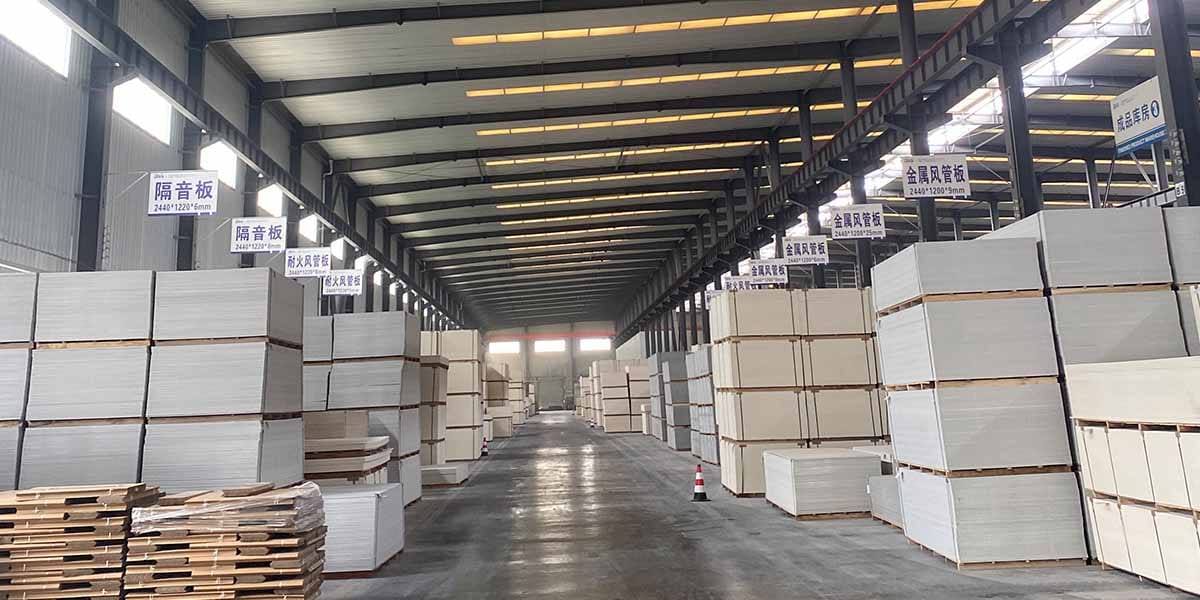 You face an important decision when picking a wall board for your project. Fiber cement and MGO wall boards both offer strong benefits. You need to match the board to your needs and environment. Here are some steps to help you choose:
You face an important decision when picking a wall board for your project. Fiber cement and MGO wall boards both offer strong benefits. You need to match the board to your needs and environment. Here are some steps to help you choose:
Check Your Climate
If you live in a wet or humid area, MGO wall boards work better. They resist water and mold. Fiber cement wall boards can handle moisture, but you may need extra sealing.Think About Fire Safety
Both boards protect against fire. If fire safety is your top concern, you can choose either. Fiber cement wall boards have a long history in fire-rated buildings.Consider Installation
If you want easy installation, MGO wall boards save you time and effort. You can cut and carry them without special tools. Fiber cement wall boards need more labor and safety gear.Look at Your Budget
MGO wall boards cost less to buy and install. You save money on labor and tools. Fiber cement wall boards cost more upfront, but they last a long time.Review Design Needs
Fiber cement wall boards give you more colors and textures. You can match many styles. MGO wall boards let you paint or finish in different ways, but you get fewer built-in options.
Factor | Best Choice |
|---|---|
Wet climate | MGO Wall Board |
Fire safety | Both |
Easy installation | MGO Wall Board |
Low budget | MGO Wall Board |
Custom design | Fiber Cement Board |
Tip: Always talk to a building professional before you decide. They can help you pick the best board for your project.
You make the best choice when you match the board to your needs. Think about your climate, budget, and design. You get strong walls that last for years.
You see that fiber cement and MGO wall boards both protect your building. Fiber cement boards last long and offer many design choices. MGO boards resist water and mold and cost less.
Choose fiber cement for strong fire safety and custom looks.
Pick MGO for easy installation and wet climates.
Tip: Weigh the pros and cons for your project. Ask a building expert if you need help.
FAQ
What is the main difference between fiber cement and MGO wall boards?
Fiber cement wall boards use cement and cellulose fibers. MGO wall boards use magnesium oxide and fillers. You get better moisture resistance with MGO. Fiber cement gives you more design choices.
Can you install MGO wall boards outside?
You can use MGO wall boards outside if you choose the right type. Always check the manufacturer’s instructions. Some MGO boards need extra protection from rain and sun.
Do fiber cement wall boards need special tools?
You need special tools for fiber cement wall boards. Use carbide-tipped blades and power nailers. Always wear a dust mask. MGO boards cut with standard tools.
Are MGO wall boards safe for people with allergies?
MGO wall boards do not release harmful dust or chemicals. You get a safer environment for people with allergies. Always buy boards from trusted brands.

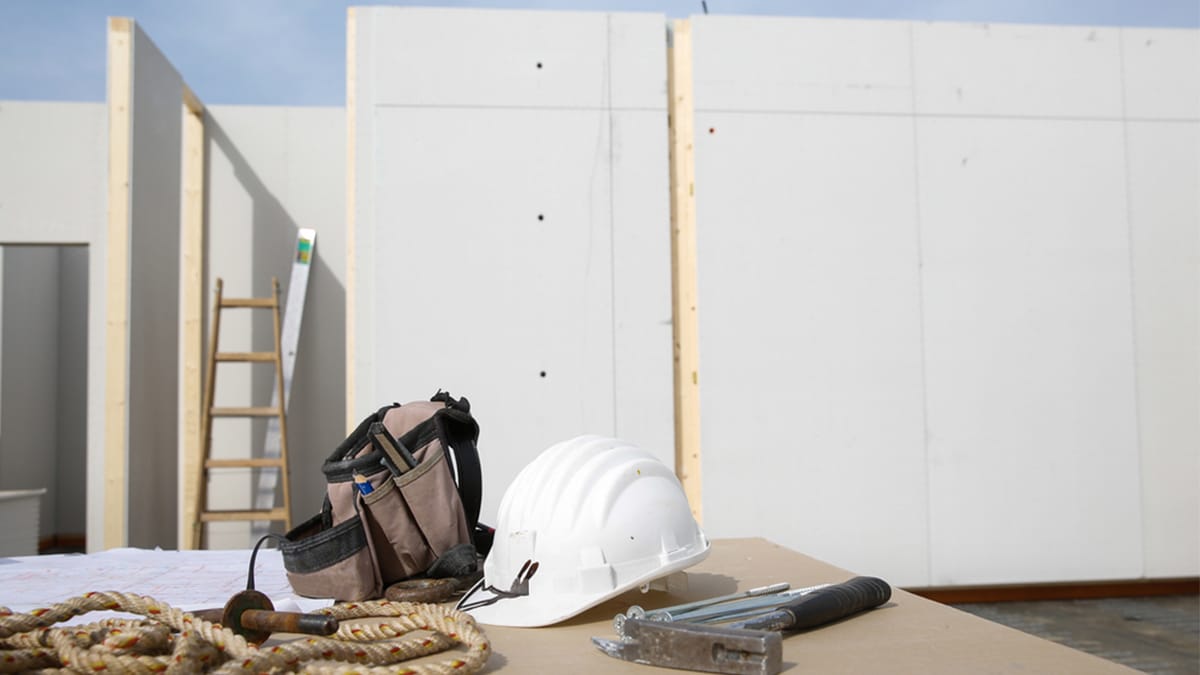 Fiber Cement Wall Board Durability
Fiber Cement Wall Board Durability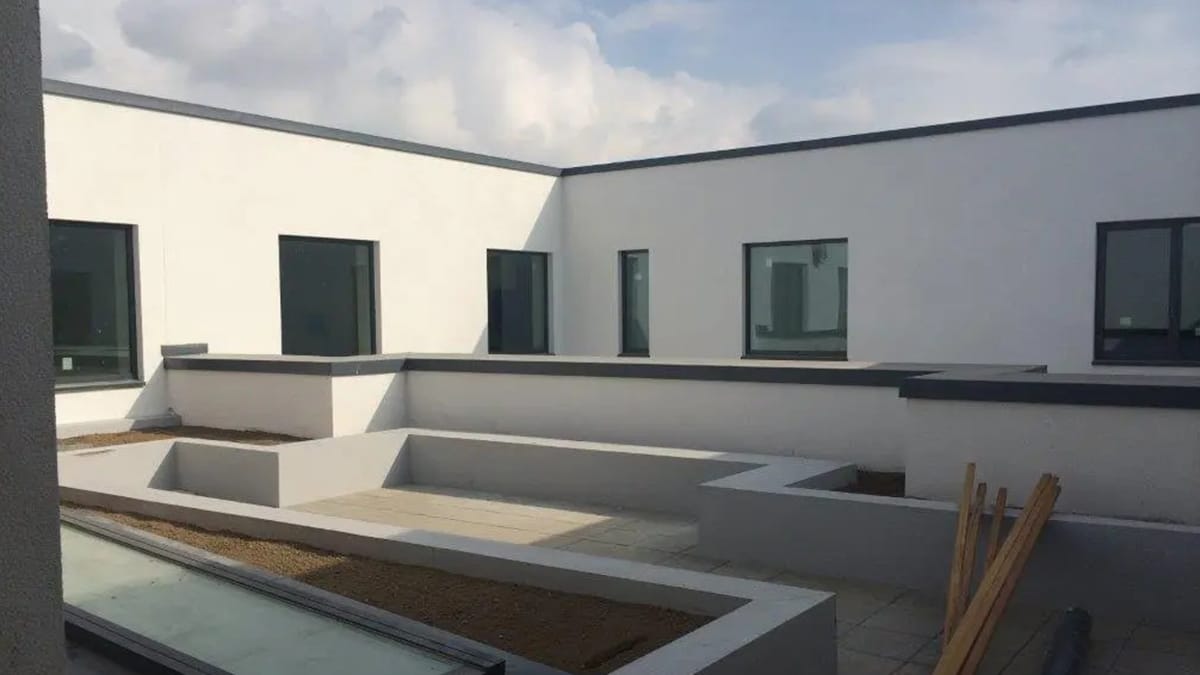 Fiber Cement Wall Board Performance
Fiber Cement Wall Board Performance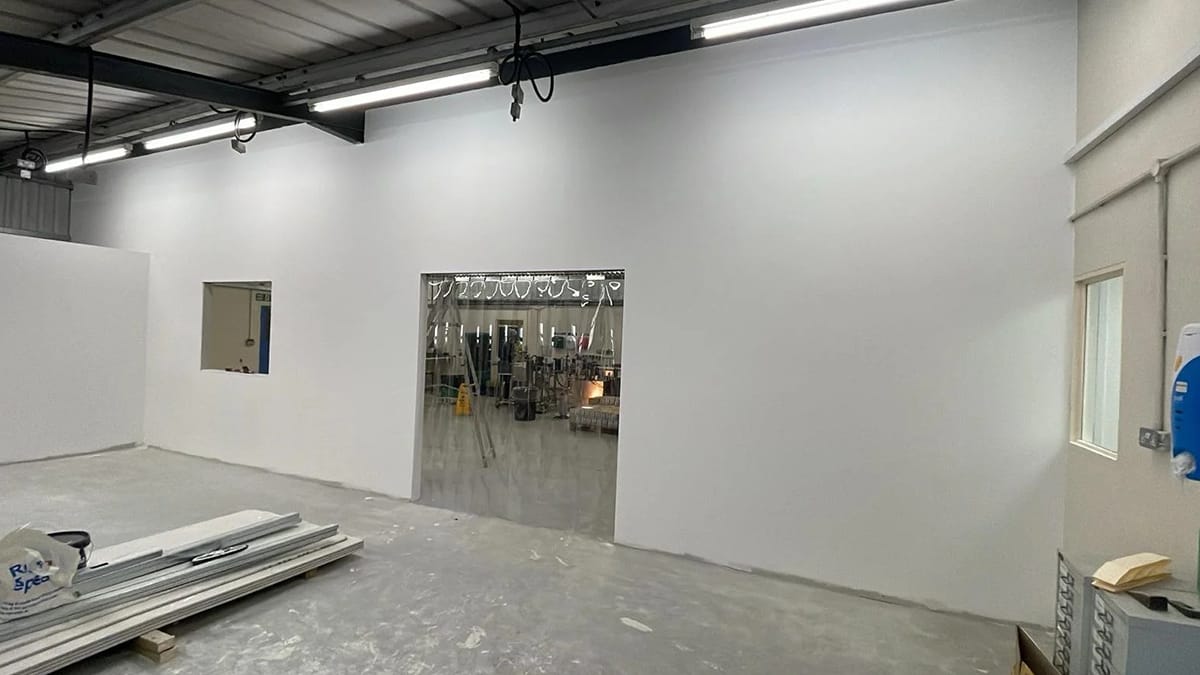 Fiber Cement Wall Board Sustainability
Fiber Cement Wall Board Sustainability